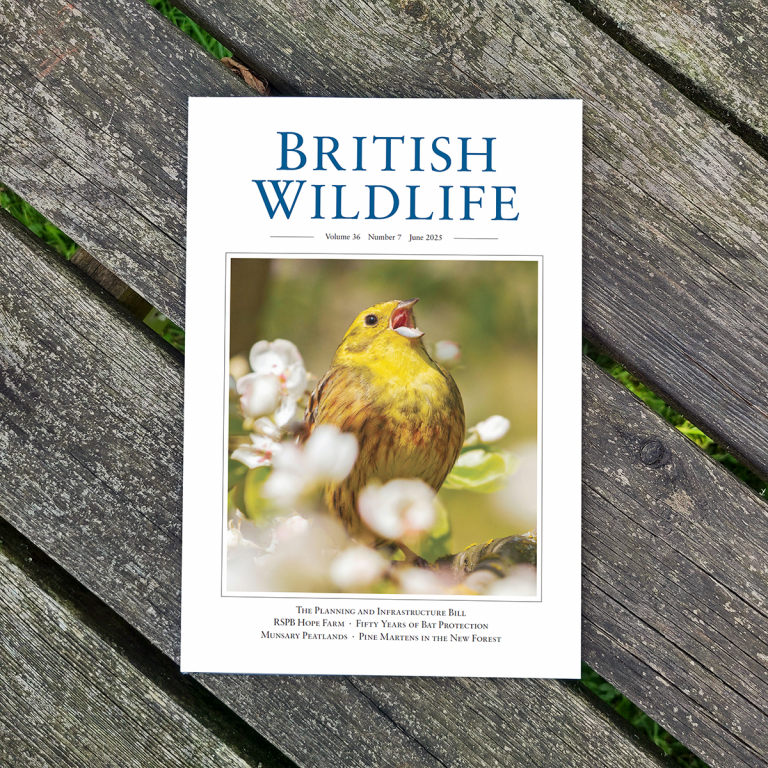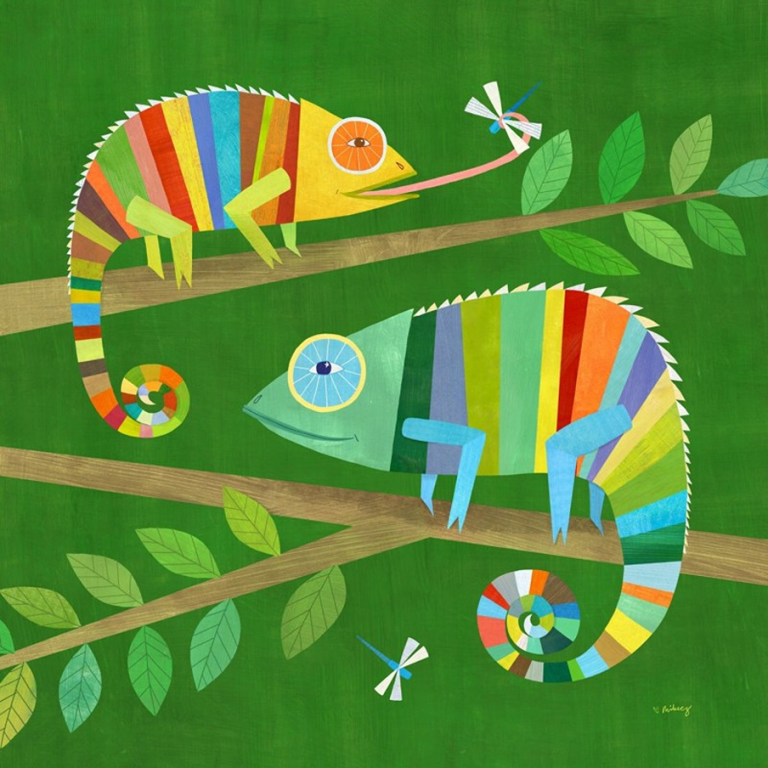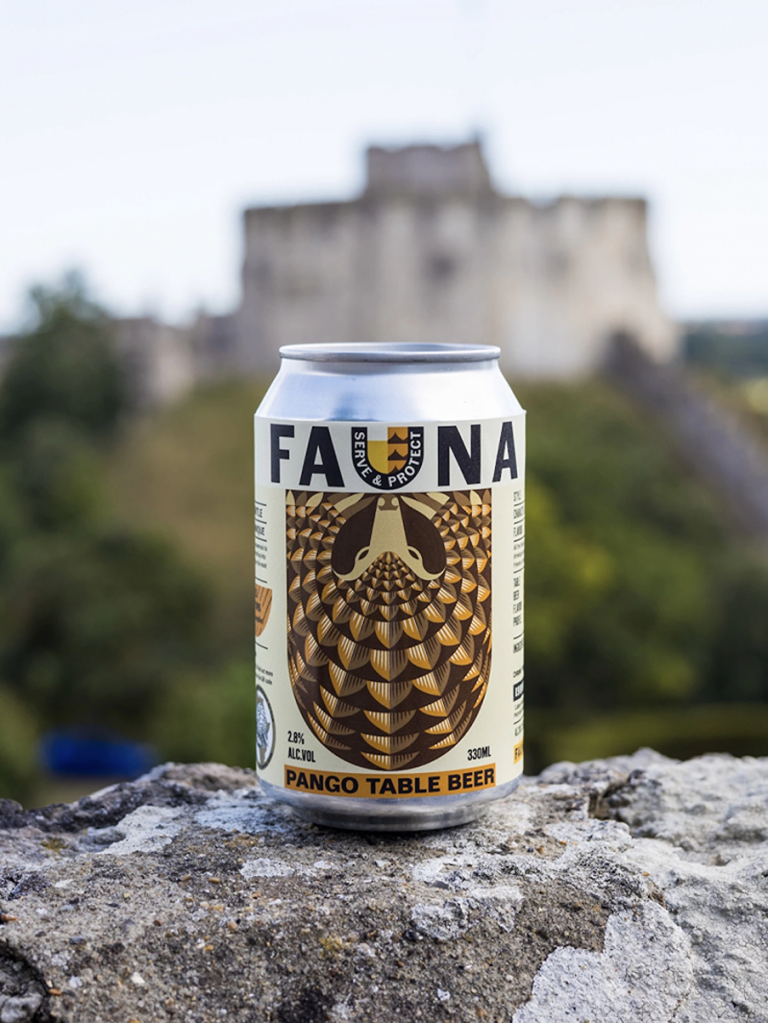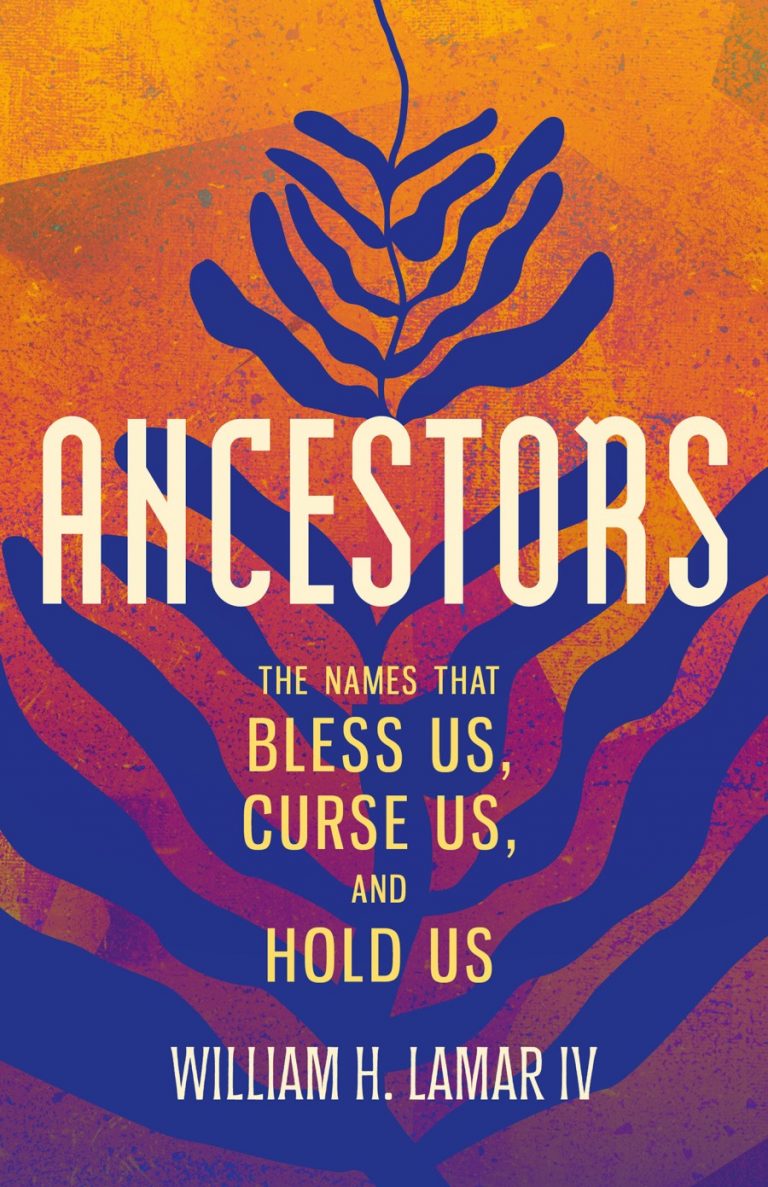
Winnie-the-Pooh remains a favourite bear for many adults, who spent their childhood reading the stories of Alan Alexander Milne (a noted playwright who had been captain of the British Home Guard in World War II, before moving from London to Sussex with his family).
Ashdown Forest become the inspiration for Hundred Acre Wood and the wonderful books of Winnie-the-Pooh (illustrated by E.H. Shepard).
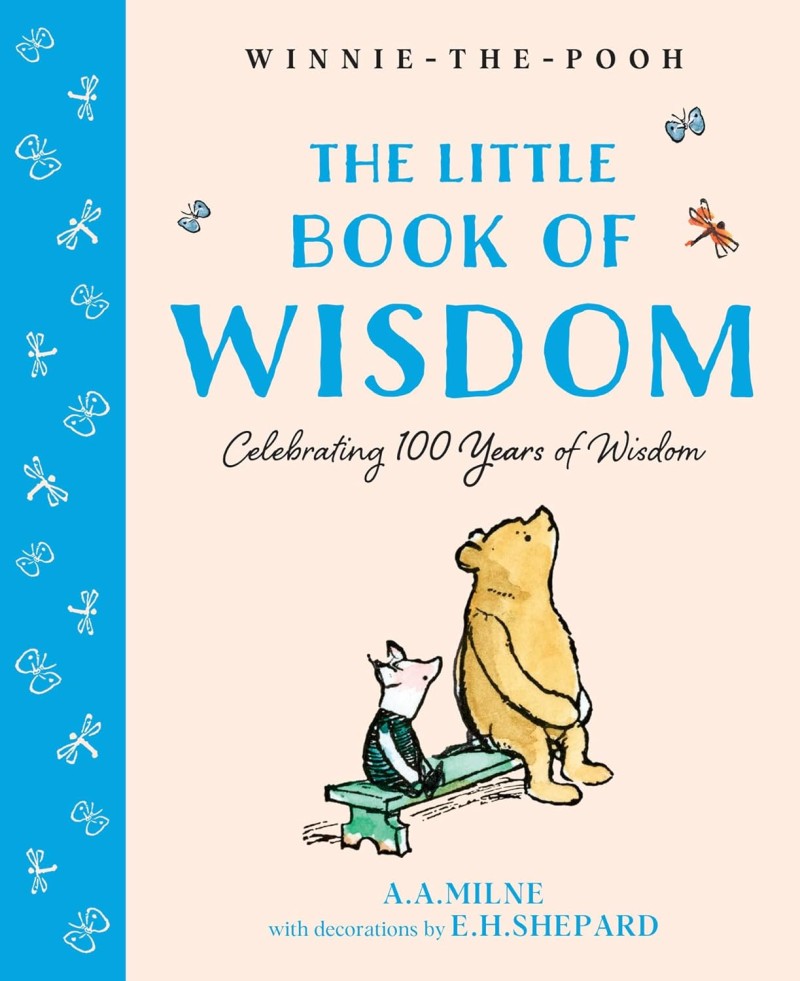
Calling himself the ‘bear of little brain’, nothing could be further from the truth. Winnie-the-Pooh’s wisdom has been carried down families for decades:
It’s more fun to talk with someone who doesn’t use long difficult words. But rather short easy words like ‘What about lunch?
If the person you are talking to doesn’t appear to be listening, be patient. It may be simply that he has a small piece of fluff in his ear.
You can’t stay in your corner of the Forest, waiting for others to come to you. You have to go to them sometimes.
When you are Bear of Very Little Brain, and you Think of Things, you find sometimes that a Thing which seemed very Thingifhs inside you, is quite different when it gets out into the open, and has other people looking at it.
Don’t underestimate the value of Doing Nothing. Of just going along, listening to all the things you can’t hear, and not bothering.
Who Was Winnie-the-Pooh Based On?
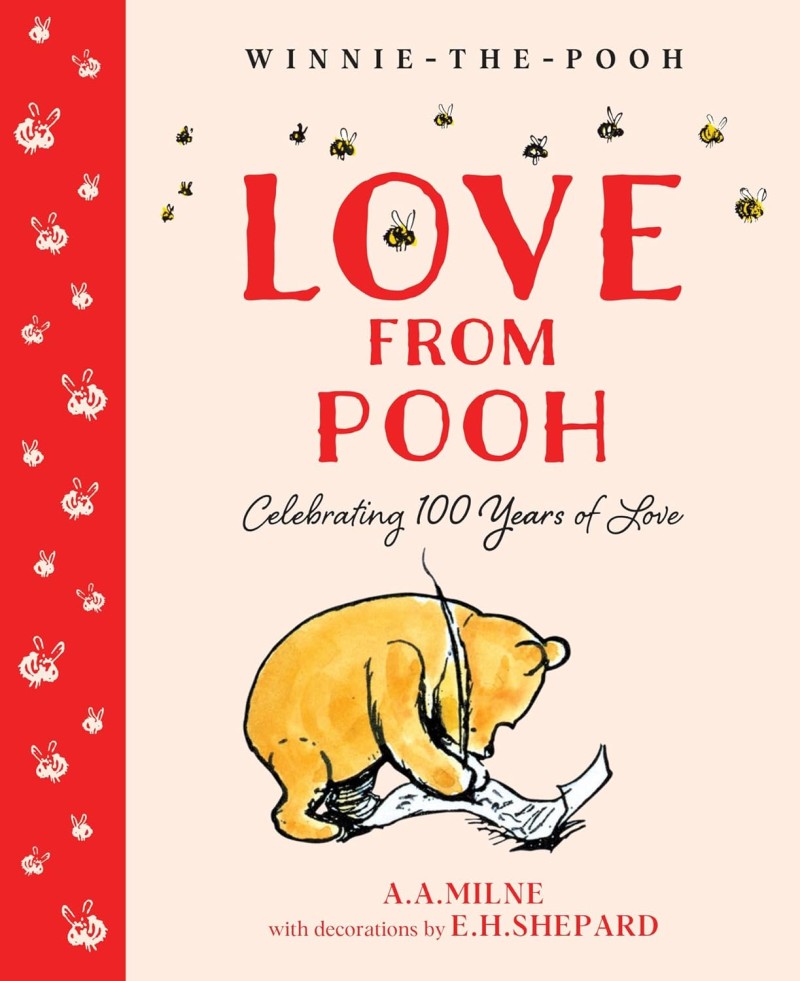
This has quite a sad history, as it’s believed the wise bear was based on a real black bear called Winnipeg. Her mother was killed in 1914, and sold by the hunter, at a train stop to a member of the Canadian Army Veterinary Corps.
The bear ended up in London Zoo, where alas many real bears still remain, instead of being protected in their wild homes. Tragically, black bear hunting is legal in Canada, with people allowed to kill (by firearms or bow and arrow, 2 bears per year).
Also found in the USA and Mexico, black bears usually live in forests, as they climb trees (and swim) very well. And hibernate through winter months.
The argument given for bear/human conflict is nonsense, as Get Bear Smart can create chapters in any province (or state), educating locals on how to peacefully live alongside these magnificent creatures.
Is Hundred Acre Wood Real?
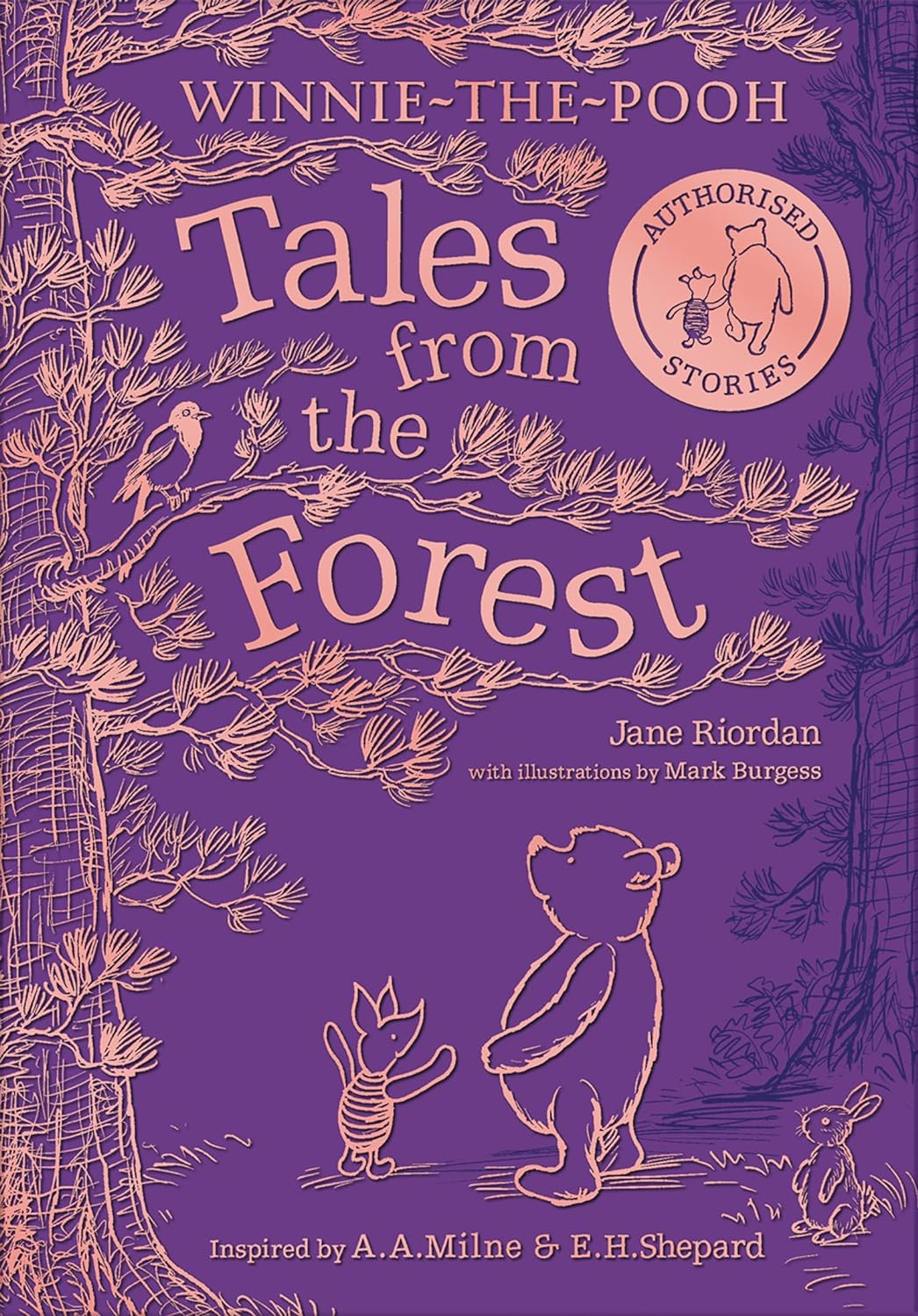
No, but the setting is. Ashdown Forest in East Sussex is one of the largest open green spaces in the county, and is home to many rare birds.
Tales from the Forest is a collection of seven new tales by Jane Riordan, written in the style of AA Milne and featuring beautiful humorous illustrations by Mark Burgess (inspired by EH Shepard’s original drawings).
A former hunting ground (what is it with people always wanting to kill everything?), nearly two thirds is heathland, with popular feathered visitors including Dartford warblers and nightjars.
Pooh Sticks Bridge is now a popular tourist attraction, although its original name was Posingford Bridge, only renamed in 1979. Over-tourism led to the bridge not being safe, so it has since been rebuilt.
Pooh Stick is simply the game when people drop sticks at the same time from one side of the bridge, to see which stick emerges first from the other side.
Eeyore – the grumpy donkey!
Eeyore was Winnie-the-Pooh’s grumpy friend, although very loyal and surprisingly wise too. He was very good at playing Poohsticks on the bridge, and even had a secret talent for gardening (when not munching on his favourite food of thistles).
Said to be based on AA Milne’s former ‘gloomy editor’ at Punch magazine, the donkey lived in Hundred Acre Wood at ‘Eeyore’s Gloomy Place’, where he often ponders on life (gloomily):
It’s the only cloud in the sky and it’s drizzling, right on me. Somehow, I’m not surprised.
They haven’t got brains, any of them. Only grey fluff that’s blown into their heads, by mistake.
Could you ask your friend to do his exercises somewhere else? I shall be having lunch directly, and don’t want it bounced on just before I begin. A trifling matter, and fussy of me, but we all have our little ways..
Other characters in the Winnie-the-Pooh stories are:
- Kanga (a mother kangaroo who lives with her son Roo in Hundred Acre Forest)
- Piglet (a small timid friend, who is one of Pooh’s closest friends)
- Tigger: Bounces into every moment, never lets mistakes keep him down
- Owl, Rabbit, and others: Helping to make the wood a vibrant place
Each character’s way of looking at life speaks to readers in any age. Their faults and kindnesses help us see our own.
Who Wrote the Winnie-The-Pooh books?
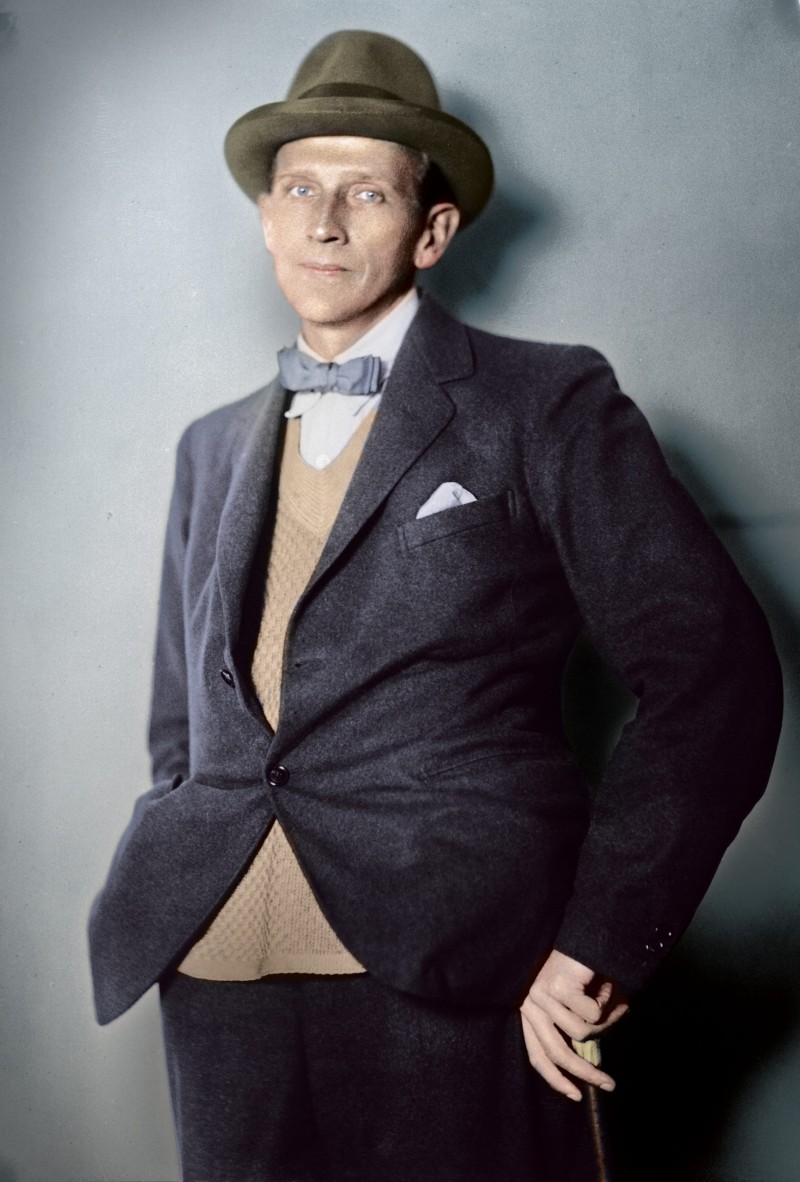
Alan Alexander Milne was a complicated man. In life he was a pacifist who did not agree with war. But he had to square this with his immense love of country, and was recruited while serving in the Home Guard to write articles to boost morale for soldiers during the war.
This jarred against his previous work by writing the book he was most proud of: Peace with Honour (an anti-war rhetoric). Before that, he had been a writer for Punch magazine.
AA Milne had a strong faith, but was not a fan of organised religion. He was against war, but also knew that ‘in fighting Hitler we are truly fighting the Anti-Christ – Hitler was a crusader against God’.
The Old Testament is responsible for more atheism, agnosticism, disbelief – call it what you will – than any book ever written. It has emptied more churches than all the counter-attractions of cinema, motor bicycle and golf course. AA Milne
What Happened to Christopher Robin?
Christopher Robin was the author’s child, the inspiration for the books. However, this did not end well. AA Milne stopped writing books eventually, as he was appalled at the level of fame it was creating for his reluctant son.
Christopher Robin was not a fan of the books either, and ended up giving all the royalties from his father’s estate to a trust fund for his daughter. And instead opened a bookshop in Dartmouth with his wife (which has since being taken over a the town’s only community-owned bookshop).
Christopher’s daughter Clare had cerebral palsy, who died age just 56. She and her mother used the significant funds from the Pooh books, to set up The Clare Milne Trust, which offers grants for people with disabilities, that benefit people living in Devon and Cornwall. Mostly for outdoor activities (sailing, surfing, rugby etc).
Who Illustrated Winnie-the-Pooh Books?

EH Shepard also served as a political cartoonist for Punch magazine. The illustrations in the Winnie-the-Pooh books were inspired by his son’s teddy bear.
The artist also illustrated The Wind in the Willows, another childhood favourite by Kenneth Grahame, a former banker, whose books were inspired by the Berkshire village of Cookham Dean, near the River Thames.
Kenneth spent much of his life in the pretty Cornish sailing town of Fowey. The town is less known for his writing, but more for a story of personal loss. Grahame’s only son, Alastair (nicknamed Mouse), died young on the nearby railway line, a tragedy woven into the family’s history.
Conclusion
Winnie-the-Pooh’s appeal is timeless. He offers warmth, laughter, and soft-spoken truths for anyone willing to sit under a tree with him. Ashdown Forest is no ordinary wood – it’s place where simple joys take root.
Next time you want a moment of peace or a fresh look at friendship, consider a trip to Pooh’s corner of East Sussex, or even just a quiet read under a leafy tree. That’s where you’ll find the wise bear, waiting with a gentle smile and a jar of honey.

